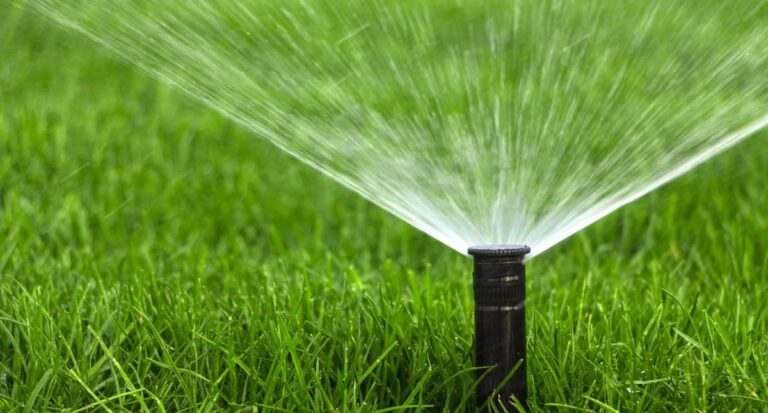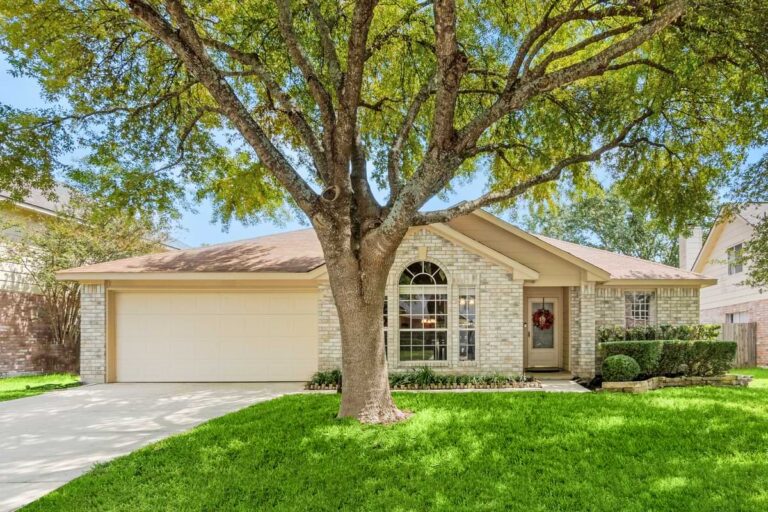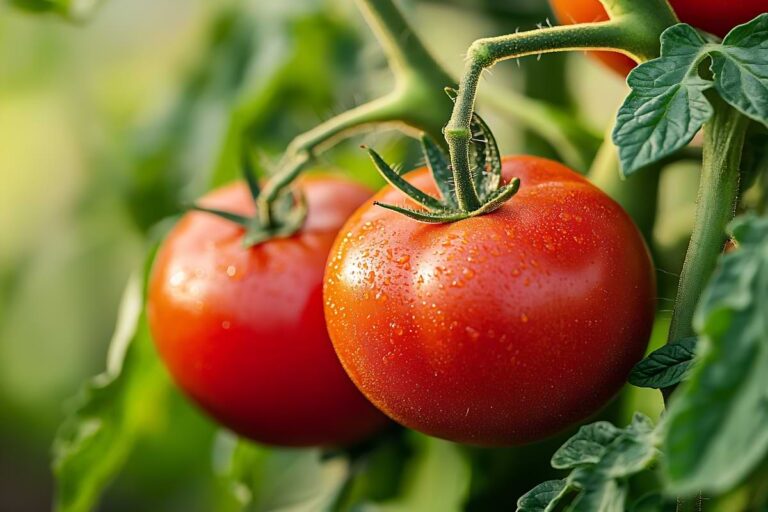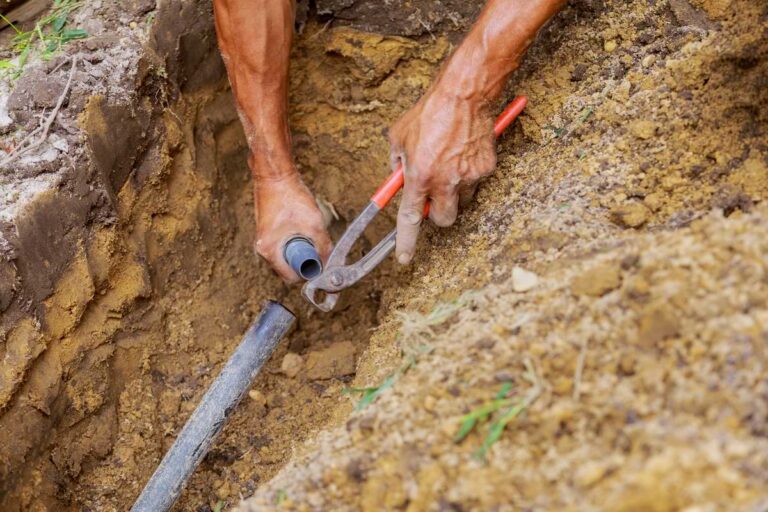Table Of Contents
Drip Irrigation Pressure Regulators Explained
When Is A Pressure Regulator Required?
How Does A Pressure Regulator Work?
Buying & Installing A Pressure Regulator
Drip Irrigation Pressure Regulators Explained
Drip irrigation pressure regulator – that’s kind of a mouthful. Let’s break some things down. Drip and irrigation are relatively simple terms, but drip irrigation is a concept you probably haven’t rubbed elbows with, though you’ve likely seen some variation of it. Sometimes called drip tubing, a drip irrigation system delivers water directly to the roots of plants via drip emitters positioned at intervals along the drip tube. The emitters correspond with the placement of each plant, ensuring water is sent directly to each plant’s root zone.
Why hop on the drip irrigation train when you already have a perfectly good sprinkler system maintaining your lawn? With drip tubing, you can have a perfectly good sprinkler system, but for less money. When stacked against conventional sprinkler systems, a drip irrigation system’s low flow rate can cut utility bills by as much as 50%.
What’s the secret sauce that dresses a drip system in enough efficiency to cut energy costs in half, you ask? That’s where the pressure regulator works its magic. Pressure regulators monitor the PSI of the system’s water flow, mitigating problems for the entire drip irrigation system.
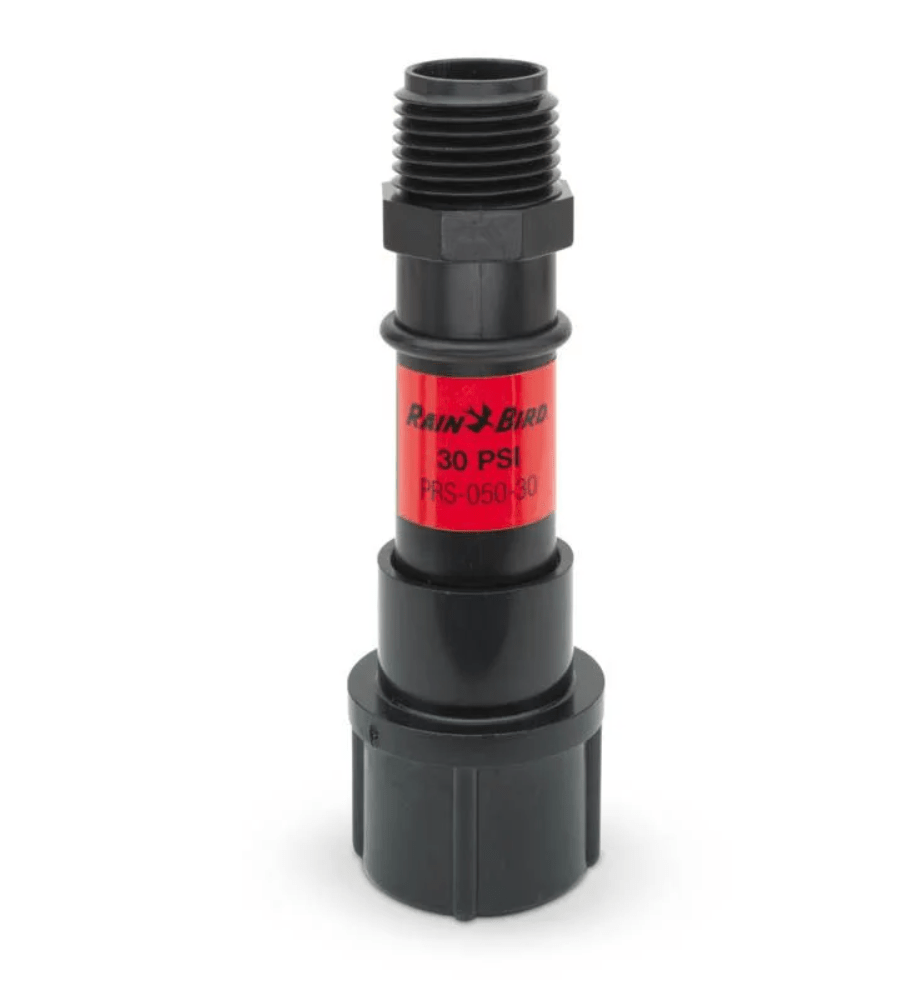
This is a simple Rain Bird Pressure Regulator for .5 to 4 gallons per minute.
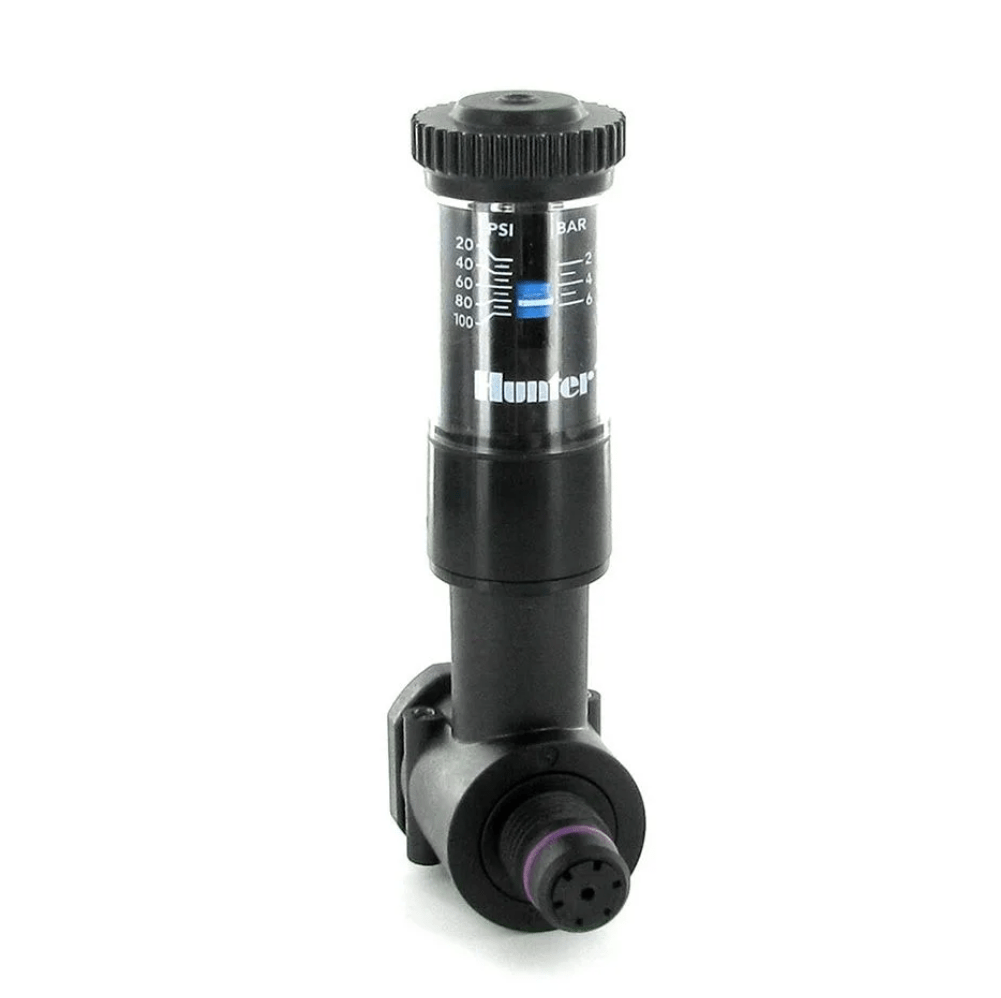
The Hunter ACCU-SYNC Adjustable Pressure Regulator can handle 20-100 PSI.
When Is A Pressure Regulator Required?
To sum, a pressure regulator is always required in a drip system. A pressure regulator is used when the incoming pressure is too high for the emitters or fittings. The backbone of your drip irrigation system, a regulator helps prevent leaks, emitter blowouts, system damage, and uneven water application.
Pressure regulation will not reduce the incoming pressure of your water source, but rather maintain the stated pressure within your system when water is flowing. For most situations, the water pressure is above 30 PSI and most drip irrigation systems run between 15 and 35 PSI. Drip systems have to operate at a lower PSI than what flows into the spigot. In general, a drip irrigation system should be regulated down at least 10-15 PSI from the incoming water source. Even if the water source has a PSI equal to the required PSI for your drip irrigation system, you should still throw a pressure regulator into the mix to monitor surges and prevent damage to your drip system.
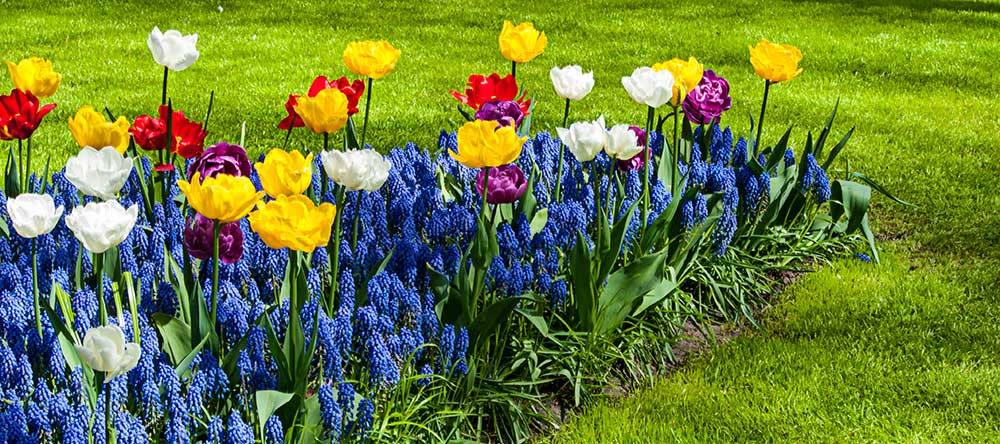
How Does A Pressure Regulator Work?
Whether you’re dealing with an adjustable pressure regulator or a fixed one, pressure regulators have a max inlet pressure and an established output pressure. Inlet pressure simply refers to the incoming water pressure flowing into the regulator from the water source. Output pressure refers to the pressure of the water vacating the regulator. If the pressure from your water source is higher than our regulator’s max inlet pressure, your regulator won’t function accordingly. The worst-case scenario is that it will break altogether.
Here’s how a pressure regulator controls the incoming and outgoing flow of water:
- Water flows from the source to the inlet of the pressure regulator.
- Water maneuvers around a fixed seat and into the throttling system.
- Water navigates through the T-stem and presses up against a diaphragm mounted on a spring.
- The spring adapts according to the incoming PSI. The higher the incoming PSI, the more compressed the spring, and the more controlled the outgoing water flow.
- The outgoing water is a constant PSI regulated by the balancing act between the spring and the diaphragm.
Buying & Installing A Pressure Regulator
Drip irrigation systems and pressure regulators may seem intimidating, but they’re easier to handle than you think. If you’re a newbie to the drip irrigation club, a drip irrigation kit might be your safest, least expensive bet. Costing anywhere between $30 and $60, most drip kits include the basics: tubing, emitters, stakes, and the pressure regulator adjusted for that system.
The cost of pressure regulators is mostly contingent on the material versus the manufacturer. Plastic regulators are less costly than the brass models, often as much as 75% less. It’s important to note that a regulator’s material has no bearing on its function.
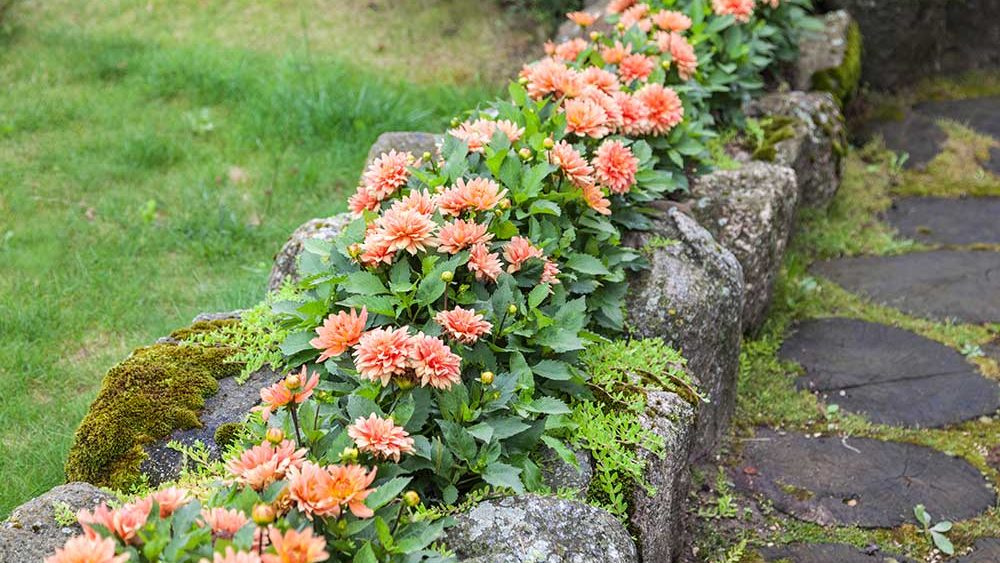
Pressure regulators are cake to install. Before you buy a regulator, verify that you check the max inlet pressure listed on the manufacturer’s label. The max inlet pressure will probably be significantly higher than the pressure from your water source, but double-checking is double caring. Depending on the manufacturer, you’ll be able to install the pressure regulator by screwing it directly onto your garden hose and tubing.
For more insight into drip irrigation systems or advice on which drip irrigation kit is right for you, feel free to contact our highly-trained customer service team at Sprinkler Warehouse.
FAQ
Do I need a pressure regulator?
In short, yes. Drip irrigation systems are designed to run under low water pressure. If your irrigation system experiences high pressure, it may lead to leaking and thereby irregular water flow.
Where is the pressure regulator installed?
Drip irrigation pressure regulators are not rated for constant pressure so they must be placed on the outflow side of any timers or valves in your system.
How do I choose the right pressure regulator?
Each type of emitter has an optimal operating pressure range. We recommend 25 PSI regulators in most drip systems as most parts are optimally suited to work at 25 PSI. When using the thin-walled drip tape in your system we recommend the maximum 15 PSI regulator to extend the life of your drip tape.
Check Out These Related Articles For More Information
What Is A Pressure Regulating Emitter?
























